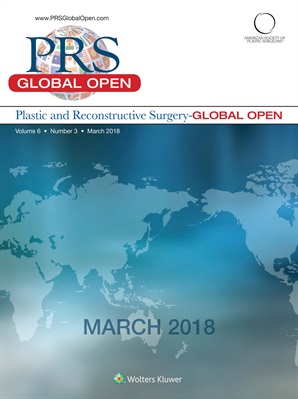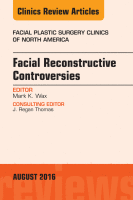Frois, A. O. et als.
Plastic and Reconstructive Surgery – Global Open: September 2018 – Volume 6 – Issue 9 – p e1868
 The usage of antibiotics and antiseptics to washout the breast pocket, or to soak the breast implant during surgery, has come under scrutiny in recent times. Guidelines from the Centers for Disease Control and Prevention give no recommendation for or against the usage of antibiotics in this regard. They do however offer a weak recommendation for washing tissues with iodophor. This systematic review aims to investigate the efficacy and impact of such topical antibiotic or antiseptic usage in reducing infection rates.
The usage of antibiotics and antiseptics to washout the breast pocket, or to soak the breast implant during surgery, has come under scrutiny in recent times. Guidelines from the Centers for Disease Control and Prevention give no recommendation for or against the usage of antibiotics in this regard. They do however offer a weak recommendation for washing tissues with iodophor. This systematic review aims to investigate the efficacy and impact of such topical antibiotic or antiseptic usage in reducing infection rates.
 Las heridas por quemadura causan niveles altos de morbilidad y mortalidad en todo el mundo. Los pacientes con quemaduras son particularmente vulnerables a las infecciones; más del 75% de todas las muertes debido a quemaduras (después de la reanimación inicial) son resultado de la infección. Los antisépticos son agentes tópicos que actúan para prevenir el crecimiento de microorganismos. Se utiliza una amplia variedad con la intención de prevenir la infección y promover la cicatrización de las heridas por quemadura.
Las heridas por quemadura causan niveles altos de morbilidad y mortalidad en todo el mundo. Los pacientes con quemaduras son particularmente vulnerables a las infecciones; más del 75% de todas las muertes debido a quemaduras (después de la reanimación inicial) son resultado de la infección. Los antisépticos son agentes tópicos que actúan para prevenir el crecimiento de microorganismos. Se utiliza una amplia variedad con la intención de prevenir la infección y promover la cicatrización de las heridas por quemadura. Xeroform ® is a petrolatum-based fine mesh gauze containing 3% bismuth tribromophenate. Bismuth, similar to other metals, has antimicrobial properties. Xeroform ® has been used for decades in burn and plastic surgery as a donor site dressing and as a covering for wounds or partial thickness burns. Despite this, the antimicrobial spectrum of Xeroform ® remains largely unknown. We examined the in-vitro efficacy of Xeroform ® against common burn pathogens using zone-of-inhibition methodology in a commercial research facility.
Xeroform ® is a petrolatum-based fine mesh gauze containing 3% bismuth tribromophenate. Bismuth, similar to other metals, has antimicrobial properties. Xeroform ® has been used for decades in burn and plastic surgery as a donor site dressing and as a covering for wounds or partial thickness burns. Despite this, the antimicrobial spectrum of Xeroform ® remains largely unknown. We examined the in-vitro efficacy of Xeroform ® against common burn pathogens using zone-of-inhibition methodology in a commercial research facility. Prophylactic antibiotic use in facial plastic surgery is a highly controversial topic primarily due to the lack of evidence in support of or against antibiotic use. In this section the authors present the available literature on the most commonly performed procedures within facial plastic surgery in an attempt to see if the data support or contradict the need for antibiotic prophylaxis in facial plastic surgery.
Prophylactic antibiotic use in facial plastic surgery is a highly controversial topic primarily due to the lack of evidence in support of or against antibiotic use. In this section the authors present the available literature on the most commonly performed procedures within facial plastic surgery in an attempt to see if the data support or contradict the need for antibiotic prophylaxis in facial plastic surgery.




 Sitio web publicado el
Sitio web publicado el
Los lectores comentan